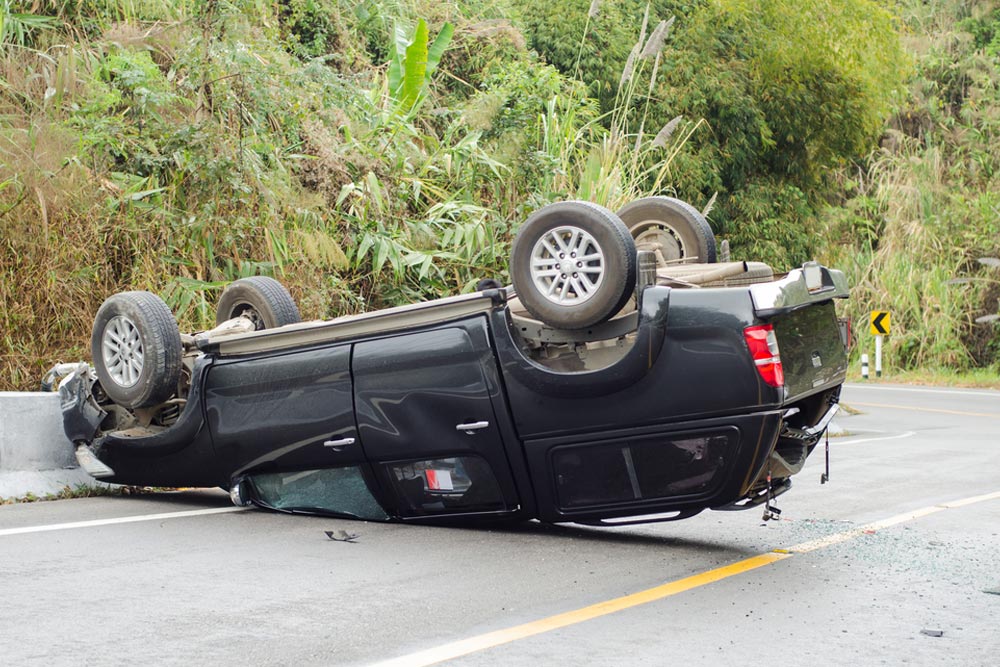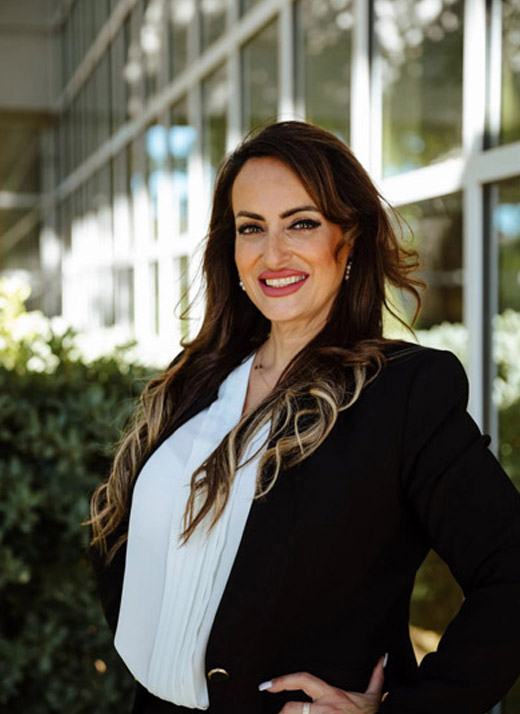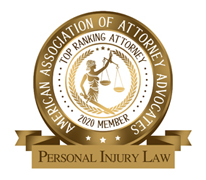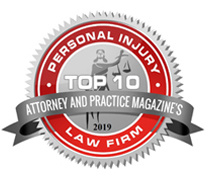Car accidents are rarely simple. In many cases, both drivers may share some level of blame. Maybe one driver was speeding, while the other ran a stop sign. In these gray areas, who pays—and how much—depends on California’s comparative negligence laws.
At AK Injury Law Firm, we’ve helped countless clients recover compensation even when insurance companies tried to blame them for their own injuries. Dr. Azadeh Keshavarz, a former chiropractor and now a tenacious personal injury attorney, understands not only how injuries work—but how insurers twist facts to avoid paying what victims deserve.
Breaks down how comparative negligence works in California, how it can affect your car accident settlement, and how smart legal strategy can make all the difference in your case.
What Is Comparative Negligence?
The Legal Concept
Comparative negligence is a legal principle that allocates fault between parties in a car accident. Rather than assigning 100% blame to one side, the law acknowledges that multiple people can contribute to a crash—and still recover damages, even if they were partially at fault.
California Uses “Pure” Comparative Negligence
There are different versions of comparative negligence across the U.S., but California follows what’s called pure comparative negligence. This means:
Even if you’re 99% at fault, you can still recover 1% of your damages from the other party.
Let’s say your total damages are $100,000 and you were found to be 25% responsible. Under California’s system, your recovery would be reduced by that percentage—meaning you’d still receive $75,000.
Why Insurance Companies Love Blaming the Victim
Insurance companies are not in the business of fairness. The more fault they can shift to you, the less they have to pay. It’s that simple.
We’ve seen insurers:
- Claim the victim “slammed on the brakes too suddenly”
- Argue a motorcyclist “should’ve anticipated the hazard”
- Say a pedestrian “wasn’t in a crosswalk”
- Suggest the driver “could’ve done more to avoid the crash”
And in many cases, they succeed—unless you have someone on your side who knows exactly how to dismantle these arguments.
That’s where AK Injury Law Firm comes in. With Dr. Keshavarz’s dual expertise in injury care and legal strategy, we can counter these tactics with fact-based, medically-informed arguments that strip the insurance companies of their leverage.
Real-World Example: Comparative Negligence in Action
Scenario:
You’re driving through an intersection on a green light when another driver runs a red light and crashes into you. However, you were going 10 mph over the speed limit.
What Happens:
- The other driver is clearly at fault for running the red light.
- But the insurer may argue that your speeding contributed to the severity of the crash.
If the case goes to trial (or even in settlement negotiations), you could be found 20% at fault for speeding.
If your total damages were $80,000, your award would be reduced by 20%, and you’d receive $64,000.
Factors That Affect Comparative Fault in California
Several variables come into play when determining comparative fault:
1. Speed
Were you driving too fast for the conditions—even if not technically speeding?
2. Distractions
Were you using your phone, adjusting the radio, or otherwise distracted?
3. Traffic Violations
Did you roll through a stop sign, make an illegal turn, or forget to use a turn signal?
4. Impairment
Were drugs, alcohol, or even fatigue involved?
5. Passenger or Pedestrian Behavior
In some cases, passengers or pedestrians can be partially at fault if they were acting unsafely.
At AK Injury Law, we break down every detail of your accident, gathering evidence, witness statements, dash cam footage, and expert analysis to minimize any attempt to unfairly place blame on you.
How Comparative Negligence Impacts Settlements
Insurance Adjusters Use It to Reduce Payouts
Comparative negligence is one of the insurance industry’s favorite tools. If they can convince you—or a jury—that you share even partial blame, they reduce your compensation accordingly.
Often, they’ll make statements like:
- “We agree their driver was mostly at fault, but you didn’t yield either.”
- “We’re offering you $15,000 instead of $50,000 because of your speeding.”
- “Your injuries could’ve been prevented if you were wearing your seatbelt.”
Without strong legal representation, you might feel like you have no choice but to accept.
But with AK Injury Law, we don’t accept assumptions. We investigate, challenge, and counter every claim—turning their argument on its head using a strategic, evidence-driven approach.
Seatbelts and Comparative Fault: A Common Trap
One common situation in comparative negligence claims is the failure to wear a seatbelt.
California law requires all drivers and passengers to wear seatbelts, and not doing so can be used as a partial defense by the at-fault driver’s insurance company.
Here’s What Happens:
- You suffer severe injuries in a crash caused entirely by the other driver.
- But you weren’t wearing your seatbelt.
- The insurer argues that your injuries were worse because of that choice—and reduces your payout accordingly.
How We Defend Against It:
We bring in biomechanical experts, accident reconstructionists, and medical specialists to show:
- Your injuries would have occurred regardless of a seatbelt.
- The severity wasn’t entirely due to seatbelt non-use.
- Other factors contributed more significantly to your injuries.
This smart, data-backed defense can preserve thousands in compensation that would otherwise be lost to oversimplified blame.
Comparative Negligence in Multi-Car Accidents
Three-car pileups or chain-reaction collisions can involve multiple levels of fault. For example:
- Car A rear-ends Car B, pushing it into Car C.
- Car C sues Car B and A.
- Car B says Car A is mostly responsible.
In such cases, each party’s percentage of fault is analyzed and assigned based on their role in the crash.
It’s messy. It’s complicated. And insurance companies use that confusion to stall, shift blame, and minimize payouts.
Our advantage at AK Injury Law Firm? We cut through the chaos. We map out liability clearly, push back on misdirection, and keep your claim on track for maximum results.
What Evidence Helps Reduce Your Share of Fault?
To minimize your assigned fault in a comparative negligence case, we gather and organize critical evidence such as:
- Police reports
- Eyewitness statements
- Traffic camera or dash cam footage
- Accident reconstruction expert testimony
- Black box vehicle data
- Cell phone and GPS records
- Vehicle damage assessments
- Medical documentation
At AK Injury Law, we’re not passive claim filers—we’re active legal strategists. We take a comprehensive approach, collecting every detail to build a case that insurance companies can’t ignore or devalue.
How Dr. Azadeh Keshavarz Gives You a Strategic Edge
Most lawyers understand the law.
Few understand your injuries.
As a former chiropractor, Dr. Azadeh Keshavarz has firsthand experience treating car accident victims. She knows how the body reacts to impact, how pain manifests over time, and—most importantly—how insurers attempt to dismiss those injuries.
Her background gives AK Injury Law Firm a rare and powerful edge:
- Better medical documentation
- Stronger causation arguments
- Strategic use of expert testimony
- Enhanced credibility in negotiations and court
Combined with her sharp legal acumen, this approach ensures that our clients receive not just compensation—but justice.
You Can Still Win—Even If You Were Partially at Fault
The biggest takeaway?
You don’t have to be perfect to recover compensation.
Whether you were speeding, distracted, or even partially to blame, California law still allows you to pursue damages. The key is to:
- Limit your percentage of assigned fault
- Build a strong, strategic case
- Avoid falling for insurer tactics
That’s what we do best at AK Injury Law Firm. We Outthink. Outfight. Outwin.
How We Can Help
If you’ve been in a car accident in California and are worried about being blamed—even partially—you don’t have to face the insurance companies alone. At AK Injury Law Firm, we specialize in turning complicated, high-pressure situations into clear, strategic victories.
Led by Dr. Azadeh Keshavarz, we combine deep medical insight with fierce legal representation to protect your rights, maximize your recovery, and neutralize unfair blame.
We’re not just experienced—we’re strategic.
We don’t just fight—we outthink, outfight, and outwin.
Schedule a free consultation today.
Let us review your case, explain your rights under California’s comparative negligence laws, and start building a smart legal plan to get you the justice and compensation you deserve.








